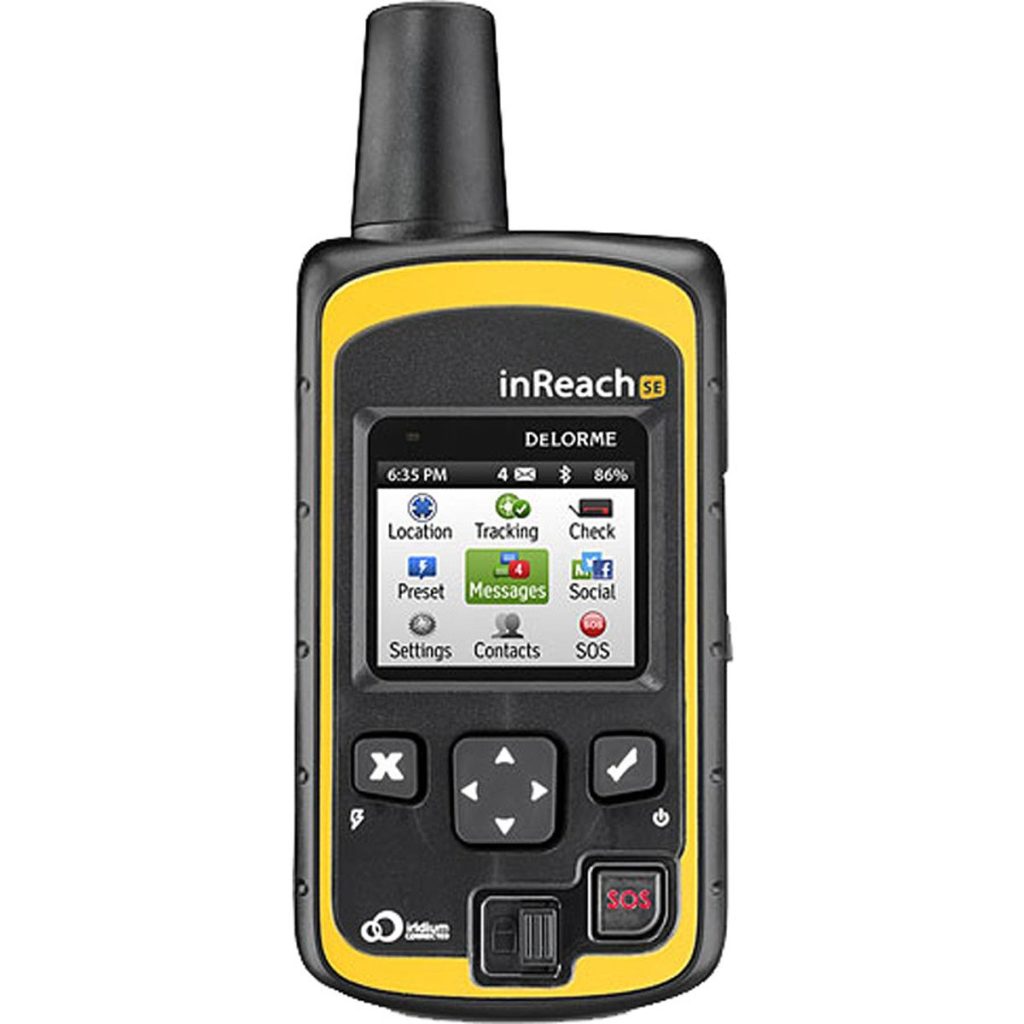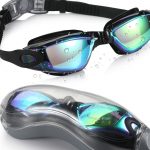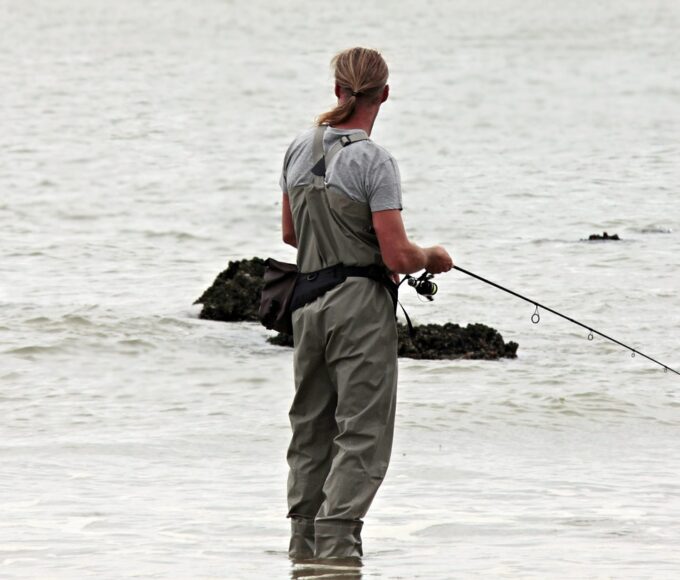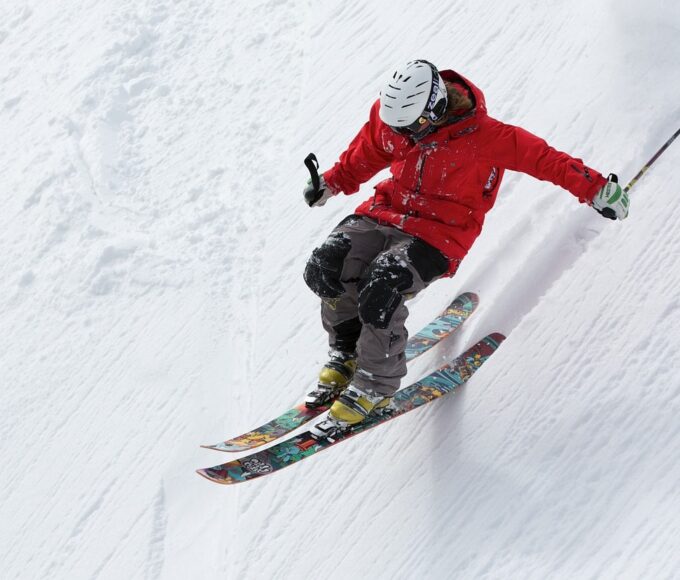Recent Posts
Skiing Vs Snowboarding: Differences
25th July 2023Best Tips For Fishing: Beginners and Intermediate Fishers
25th July 2023Cycling Safety Measures and Best Practices
16th July 2023Benefits Of Cycling For Physical and Mental Health
15th July 2023Best Gps For Geocaching And Hiking -Updated

Never go on a hike again without GPS; outdoor activities such as hiking and geocaching are increasingly practiced at all ages. Indeed, at a time when we are taking better care of our health, what is better than going to explore new landscapes?
Do you want an extra challenge because walking seems boring? Option for geocaching! If you do not know what it is, it’s a life-size treasure hunt practiced by millions of players worldwide. Our main objective is to provide the best Gps for geocaching and hiking.
One of the challenges geocachers often face is doing a quest after dark. It is thus more challenging to find the caches, bringing a different and particular dimension to the activity.
To do this, you will need to consider a good headlamp strongly. You will need the best GPS for geocaching and hiking to take advantage of this activity to its full potential.
5 Best Gps For Geocaching And Hiking
| PRODUCT NAME | GO TO |
|---|---|
| 1. Garmin GPSMAP 64s Worldwide with High-Sensitivity GPS | CHECK ON AMAZON |
| 2. Garmin Foretrex 401 Waterproof Hiking GPS | CHECK ON AMAZON |
| 3. Garmin Oregon 650t 3-Inch Handheld GPS | CHECK ON AMAZON |
| 4. DeLorme InReach Explorer | CHECK ON AMAZON |
| 5. Magellan eXplorist 310 | CHECK ON AMAZON |
The Benefits Of Using Hiking Gps
Portable GPS devices have several advantages over conventional smartphones or GPS units often used by hikers for navigation. The hiking GPS is more robust and has a much longer battery life.
They are usually powered by rechargeable batteries that disposable batteries can replace if charging is impossible, for example, in remote and uninhabited areas. However, it offers much better accuracy with many more customization options.
5 BEST GPS FOR GEOCACHING AND HIKING
In this top 5 comparison of the best hiking and geocaching GPS, you will learn to choose the GPS device suitable for your needs.
1. Garmin GPSMAP 64s Worldwide with High-Sensitivity GPS
It is one of a kind, and it is designed with high sensitivity. Garmin GPSMAP 64s Worldwide is recommended not because most professional mountain explorers love it but because it encompasses various features such as GPS, GLONASS, and wireless connectivity. Moreover, it makes hiking more comfortable and more relaxed.
Your bearings will be easy to obtain simply because the product has a built-in 3-axis tilt-compensated electronic digital compass that will show you where you are going and the area where you are coming from.
The barometer will likewise allow you to configure the air pressure and altitude, which is essential because keeping an eye on the weather variations will also be uncomplicated.
The featured wireless communication will enable you to share, track, and geocache paths. Just like a phone, sending and receiving messages and updates succinctly is possible. When competing with buddies, they can take pleasure in your adventures without you or them getting connected via a screen.
Pros
- it always connected every time
- designed with high sensitivity
- it can accommodate paperless and geocaching
- very conveniently to configure and plan for many trips
Cons
- It comes with a subscribable bird’s-eye satellite imagery
2. Garmin Foretrex 401 Waterproof Hiking GPS
We recommend this GPS because of the many unique features that it’s incorporated. Garmin Foretrex 401 Waterproof Hiking GPS operates on a conservative two AAA batteries that promise long-life battery because of the black and white screen and smooth operation.
This GPS is extremely simple, sleek, and efficient, With a slight departure from the mapping GPS units. This GPS is designed to operate on a simple waypoint and tracking navigation system rather than using map features.
The GPS will passively keep track of your path when you walk, and you can activate the “TracBack” feature to retrace your steps. This is a significant emergency or backup function for anyone navigating challenging areas.
Create a waypoint, track, or desired destination before leaving behind home and upload the information to your GPS to use its easy functionality to track your route when you navigate.
This is a great, lightweight supplement for map and compass navigation for the confident backcountry traveler finding a safety net.
Basic features
- it comes with a wrist strap
- There are no Preloaded Geocaches
- there is no camera
- there are no topographic maps
- the connectivity is base on Garmin Connect, USB, WiFi
3. Garmin Oregon 650t 3-Inch Handheld GPS
This is ideal for hiking and geocaching. Garmin Oregon 650t is available in a few different sizes and styles.
The 3-inch sunlight-readable display is excellent for those brighter days, while the touchscreen is compatible with many gloves which it easy to utilize in winter with no risk of frostbite.
It is perfect for the hiker to share the route, geocaches, track, waypoint with other units. It has a digital camera that lets you snap pictures everywhere you go.
A fantastic device for individuals who get stuck into the community aspect of geocaching. Be able to Get in touch with other people while on the move, as well as document their journeys.
Like several other Garmin products, the Oregon 650t has a sophisticated dual battery system. Select between the included and rechargeable NiMH pack or choose traditional AA batteries. In either case, you can never get stuck with no battery!
Lastly, like the other devices, this Garmin product is included with built-in US topographic data, and attaching many more maps is an easy and user-friendly process.
Pros
- very convenient and intuitive
- this GPS comes with an 8MP digital camera, which makes it very safe to adjust the backlight built-in
- Sunlight display perfect
Cons
- The accuracy when elevated is bad as other mode crash.
4. DeLorme InReach Explorer

With DeLorme InReach Explorer, you can send and receive short text messages from cellphone numbers or emails and keep in touch with your friends and family while exploring the wilderness. Therefore, it is referred to satellite communicator.
We recommend this GPS device because if you frequently travel to places with no cell signal, as it helps you to inform your family about your location. It is designed with an SOS emergency function to indicate that your message was received so that you will be calm.
The GPS and navigational options that come with the InReach Explorer are extraordinary, as they will assist you in planning multiple routes, creating waypoints, logging the details of your trip, and helping you find your way back to the beginning with a breadcrumbs track.
It is possible to set a monitoring feature to transmit where you are detailed in regular intervals that range from 10 minutes to 4 hours.
The InReach Explorer provides access to the Earthmate app, allowing you to download free topographical maps onto your smartphone or compatible tablet.
Pros
- Allows for two way communication
Cons
- Requires a service plan
5. Magellan eXplorist 310
The waterproof design is not only the features that make this GPS to be unique, but it also comes with 2.2 inch LCD color screen, which has good readability in all levels of light and offers a power-saving mode to extend its 18-hour battery life further.
It can help you navigate through remote terrain, even though it may have a little lag time. the waterproof design makes it perfect for rugged, outdoor adventures and It offers basic navigational features and has an IPX-7 waterproof design, which makes it ideal While the technology it uses doesn’t have useful as other GPS devices
The eXplorist 310 can undoubtedly track and record vital details, such as your total distance traveled, ascent and descent, average speed as well as your average time.
It will log all of the steps you are taking to be able to easily find your way back to the starting place of your trip. It provides paperless geocaching that allows you to download and check out over 20 distinct features for every geocache.
The compass feature overlays the visual display unit, providing combined navigational functions to help you find your way. The Magellan eXplorist 310’s menu is easy to navigate but can take a couple of clicks of a button to bring you the place you want to be.
Pros
- Great base map
Cons
- Lags more than other handheld GPS devices
CRITERIA TO CHOOSE THE BEST GPS FOR GEOCACHING AND HIKING
If you are a beginner at backcountry sailing, many considerations may not be obvious at first. In carrying out this comparison, we mainly examined the following criteria:
SENSORS
Some tools, such as Thermometers, Barometric altimeters, and electronic compasses, can be essential. Less expensive GPS devices rarely include these sensors.
WEIGHT
As with any equipment you use for hiking, being light is paramount. There are many compact models, but if the screen size is problematic, you may need to opt for a larger model.
DISPLAY
The size of the screen is essential to be able to study the map. It is very convenient for touchscreen models to use with a large screen. The apparent disadvantage of a larger screen is that these models weigh more and are bulky.
LIFE OF THE BATTERY
You do not want to be in the mountains and discover that your GPS has just died within a few hours. At least 15 hours of battery life is advisable. This is a big plus if the device can take rechargeable AA or AAA batteries because you can take a spare set.
Some models are designed with a dual battery system that gives you the choice of using the traditional AA batteries Or rechargeable lithium-ion battery pack.
POSITIONING TECHNOLOGY
Also, some devices support GLONASS as an alternative to GPS. Devices that support GPS and GLONASS locate your location faster and more accurately. Also, they are more likely to identify your position on steep terrain (dense woods, narrow valleys, etc.). 4 of the GPS devices listed here support GPS and GLONASS, while one device (Magellan eXplorist 710) only supports GPS.
Also, the positioning accuracy can be increased with the WAAS function that provides GPS signal corrections, while the positioning speed can be enhanced with the Hotfix feature that calculates and records satellite positions for the next three days.
COMPATIBILITY WITH SMARTPHONE
Some high-end portable GPS navigators can synchronize with smartphones to offer “smart notifications.” it can be a useful tool when an inopportune front is triggered or if you accidentally forked.
CAMERA
Realistically, some individuals have a smartphone with a better camera than any GPS. Still, if you choose to drop your phone at home (or if you can not waste the battery for one reason or another), you can hang a browser with a decent embedded camera (for posterity).
GEOCACHING OPTIONS
Some GPS devices are preloaded with geocache locations and software designed specifically for geocaching. Otherwise, you can usually download your own via cable or SD card, but it’s still a fun addition to keep in mind.
MANUAL GPS UNITS VS SMARTPHONES & GPS WATCHES
Portable GPS units have several advantages over smartphones. They are more robust, waterproof, and durable and can be used with AA or AAA rechargeable batteries (allowing you to pack an extra set with you). Also, navigation is much more comfortable in a pocket unit than in a GPS watch.
The main reason is the size and resolution of the screen. Current GPS watches cannot merely show a good quality map suitable for challenging navigating terrain.
CONCLUSION
Not all hiking GPS is the same. Some offer basic features, while others are equipped with the latest technologies. Some models are also more accurate and reliable than others. It’s up to you to define your needs and expectations.
Not always easy, even when you know a minimum in navigation. That’s right, many models are similar, and unless you test them, it isn’t very easy to know which is the best product.
Recent Posts
Techniques and Best Practices for Anglers
21st November 2023Hiking Vs Trekking: Differences and Similarities
12th August 2023How to Lose Weight by Cycling
12th August 2023How to Choose Skis for Beginners
12th August 2023Related Articles
Techniques and Best Practices for Anglers
For fishing enthusiasts, the process of angling goes beyond a simple hobby....
By O. Johnson Taiwo21st November 2023Hiking Vs Trekking: Differences and Similarities
Hiking and trekking are two outdoor activities that revolve around walking in...
By Fortunatus Adunola12th August 2023How to Lose Weight by Cycling
Cycling is a fantastic exercise that is fun and can be enjoyed...
By O. Johnson Taiwo12th August 2023How to Choose Skis for Beginners
Choosing the right skis is essential for beginners embarking on their skiing...
By Fortunatus Adunola12th August 2023


















